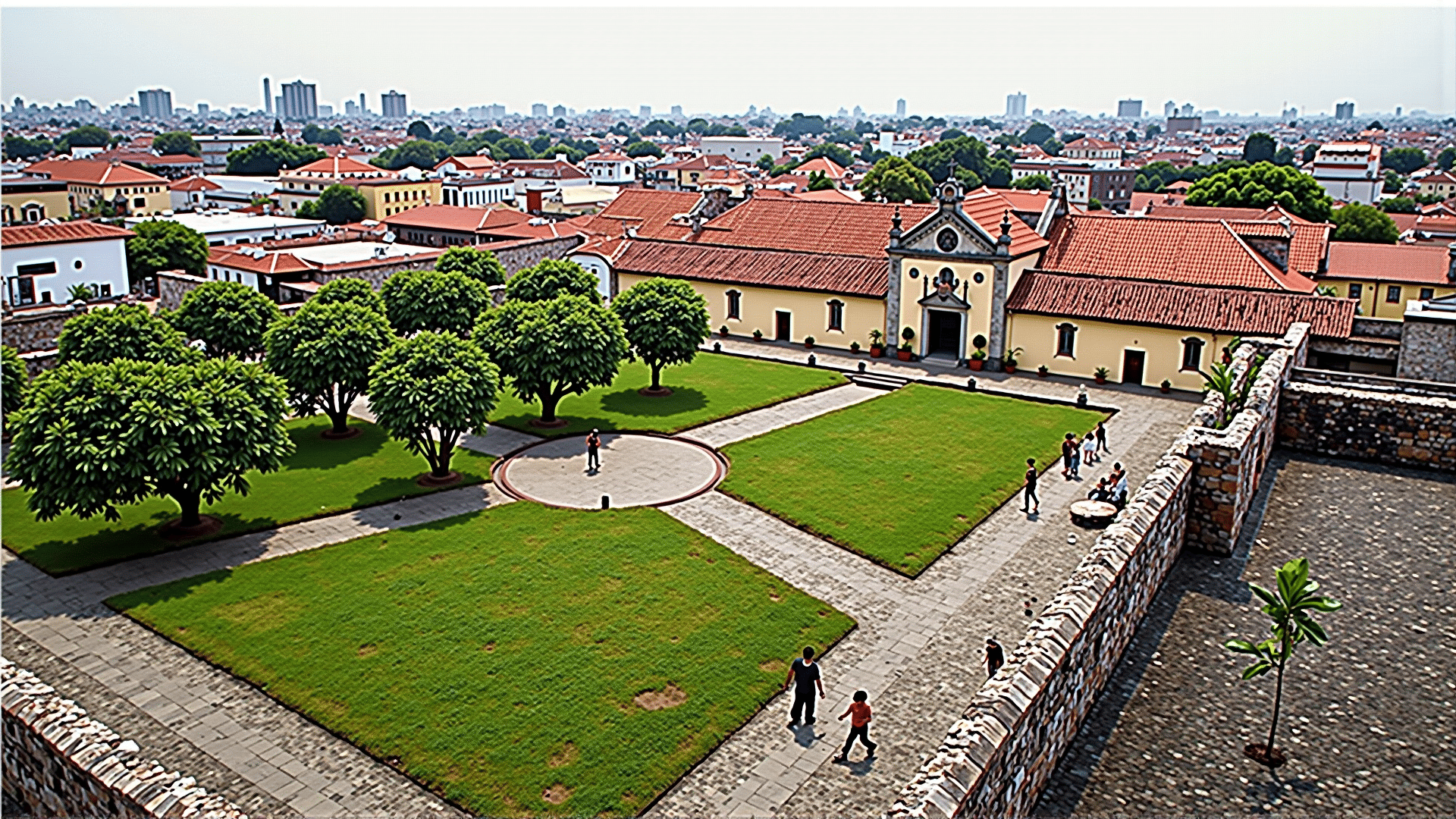Nestled in the bustling city of Manila lies Intramuros, a remarkable testament to the Philippines' colonial history. Known as the “Walled City,” Intramuros encapsulates over four centuries of rich cultural heritage and historical significance. As you stroll through its cobblestone streets, you are transported back in time, with each corner revealing the intricate tapestry of the country's past.
Intramuros was established during the late 16th century under Spanish rule. This district became the seat of political, religious, and military power in the Philippines. As a fortified city, it was designed to protect its inhabitants against foreign invaders, and its walls still stand as a reminder of Manila's historic past.
One of the key highlights of Intramuros is Fort Santiago. This fortress served as a defense bastion and later housed a notorious prison. Its most famous prisoner was the country's national hero, Dr. José Rizal, who was incarcerated here before his execution in 1896. Today, the fort is a popular destination for visitors interested in delving deeper into the nation's fight for independence. The Rizal Shrine, a museum within Fort Santiago, showcases various artifacts and personal items belonging to Rizal, offering a glimpse into his life and legacy.
Another iconic landmark within Intramuros is the Manila Cathedral. Originally constructed in 1581, this sacred site has been rebuilt several times due to natural disasters and war. Its grand architecture and impressive interiors are a testament to the enduring faith and resilience of the Filipino people. Nearby, the San Agustin Church, a UNESCO World Heritage site, stands as the oldest stone church in the country, known for its exquisite Baroque design and intricate frescoes.
Exploring Intramuros is not just about visiting its landmarks; it's also about experiencing the blend of cultural influences that have shaped its character. The area is home to quaint cafes, traditional cuisine, art galleries, and even horse-drawn carriage rides known as kalesas. These unique experiences provide an insight into the daily lives of those who once lived and worked within the walls of Intramuros.
Modern efforts have been made to preserve and revitalize this historic district. Restorations and cultural initiatives aim to maintain the spirit and authenticity of the area while making it accessible to local and international tourists. Various guided tours offer educational experiences that highlight the architectural and historical significance of each structure within the walled city.
Intramuros serves as both a vital historical landmark and a cultural hub, fostering an appreciation for the past while drawing visitors from all walks of life. Its storied walls echo with tales of struggle, resilience, and triumph, making it a must-visit destination for anyone in search of a deeper understanding of the Philippines' dynamic history.
